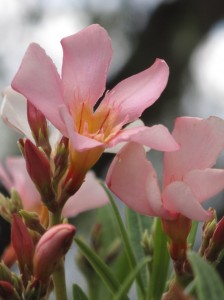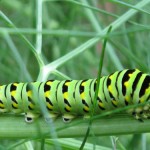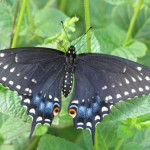Pretty Poison
Above, from left to right: Nerium oleander, a tender evergreen shrub native to the Mediterranean, is grown in pots at The Cloisters and brought indoors for the winter. Oleander belongs to the Apocynaceae, or Dogbane family, which contains many poisonous species. The five petals of the oleander flower are fused at the base and form a tube; the form of the flower is typical of this botanical family. Photographs by Corey Eilhardt.
Nerion, which some call Rododaphne, some Rhododendron . . . grows in enclosed greens and sea-bordering places & in places near rivers. But ye flower and the leaves have a power destructive of dogs & of Asses & of Mules & and of most four-footed living creatures, but a preserving one of men, being drank with wine against the bitings of venemous beasts & ye more if you mixed it with Rue, but ye more weak sort of living creature, as goats & sheep, die, if they drink ye maceration of them.
???Dioscorides, De Materia Medica, Book IV, 82








